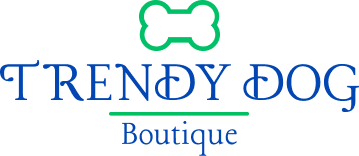Bringing a new baby into the family is an exciting and joyous occasion, but it can also be a significant adjustment for your furry friend. Introducing your dog to a new baby requires careful planning and consideration to ensure a smooth transition for everyone involved. In this blog post, we'll explore some essential tips to help you safely introduce your dog to your new bundle of joy and foster a positive relationship between them.
1. Start Early and Gradually:
- Begin preparing your dog for the arrival of the baby well in advance. Gradually introduce changes to your routine, such as setting up the nursery and playing recordings of baby sounds to familiarize your dog with the new environment.
- If possible, enlist the help of friends or family members with infants to expose your dog to the sights, sounds, and smells of a baby in a controlled setting.
2. Reinforce Basic Training:
- Ensure that your dog is well-trained in basic obedience commands such as sit, stay, and leave it. This will help you manage your dog's behavior around the baby and maintain control in potentially stressful situations.
- Practice obedience exercises regularly and reinforce good behavior with positive reinforcement techniques such as treats, praise, and affection.
3. Establish Boundaries:
- Set clear boundaries for your dog's interactions with the baby from the beginning. Teach your dog to respect the baby's space and belongings, such as the crib, changing table, and toys.
- Use baby gates or barriers to create designated areas where your dog is not allowed to access, ensuring the safety of both the baby and the dog.
4. Supervise Interactions Closely:
- Always supervise interactions between your dog and the baby, especially during the initial introductions. Keep your dog on a leash or use a baby gate to maintain a safe distance until you are confident in their behavior.
- Monitor your dog's body language for signs of stress or discomfort, and intervene if necessary to prevent any negative interactions.
5. Reward Positive Behavior:
- Encourage positive interactions between your dog and the baby by rewarding calm and gentle behavior with treats, praise, and affection.
- Create positive associations by giving your dog attention and rewards when the baby is present, reinforcing the idea that the baby is a source of good things.

